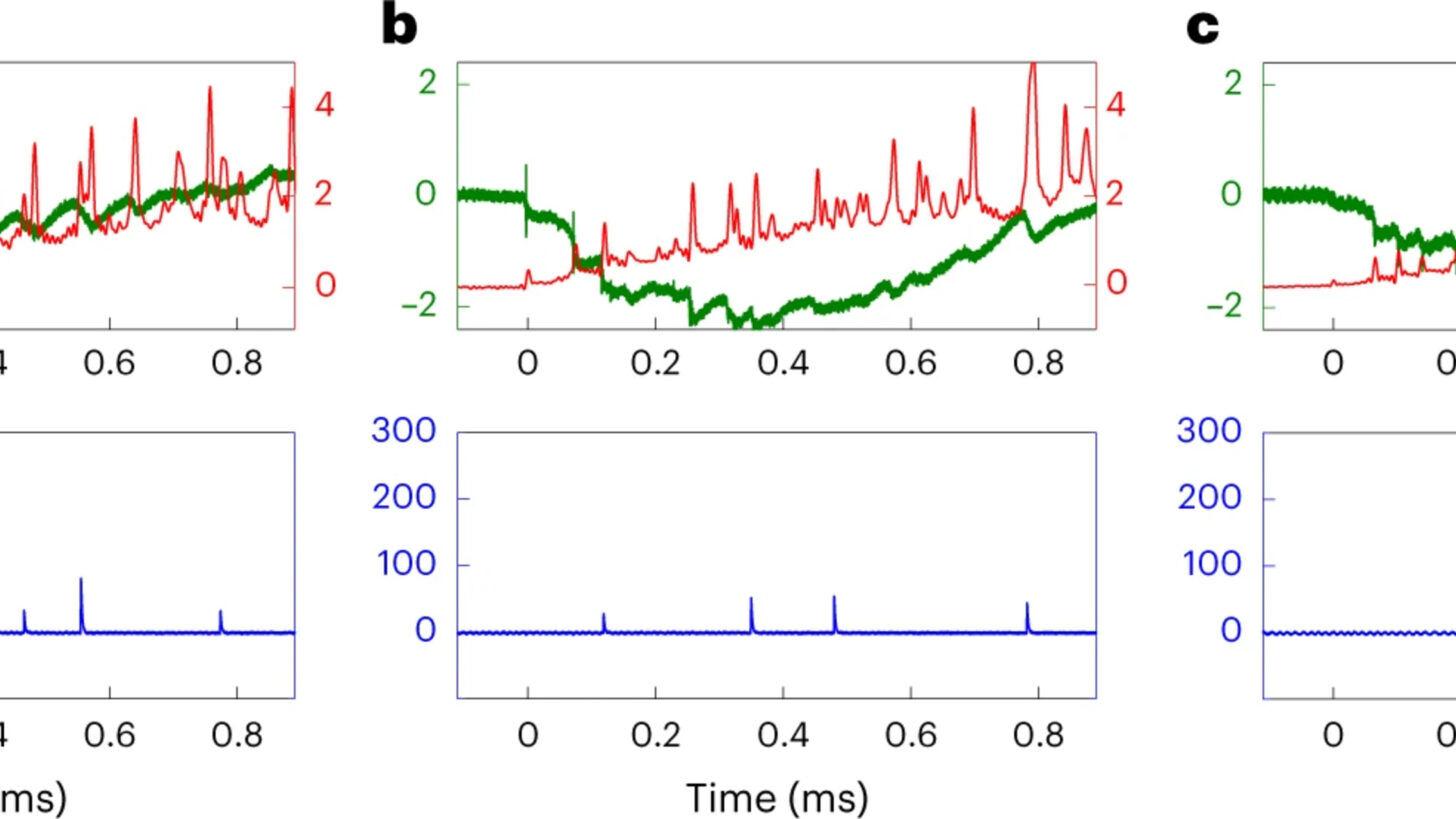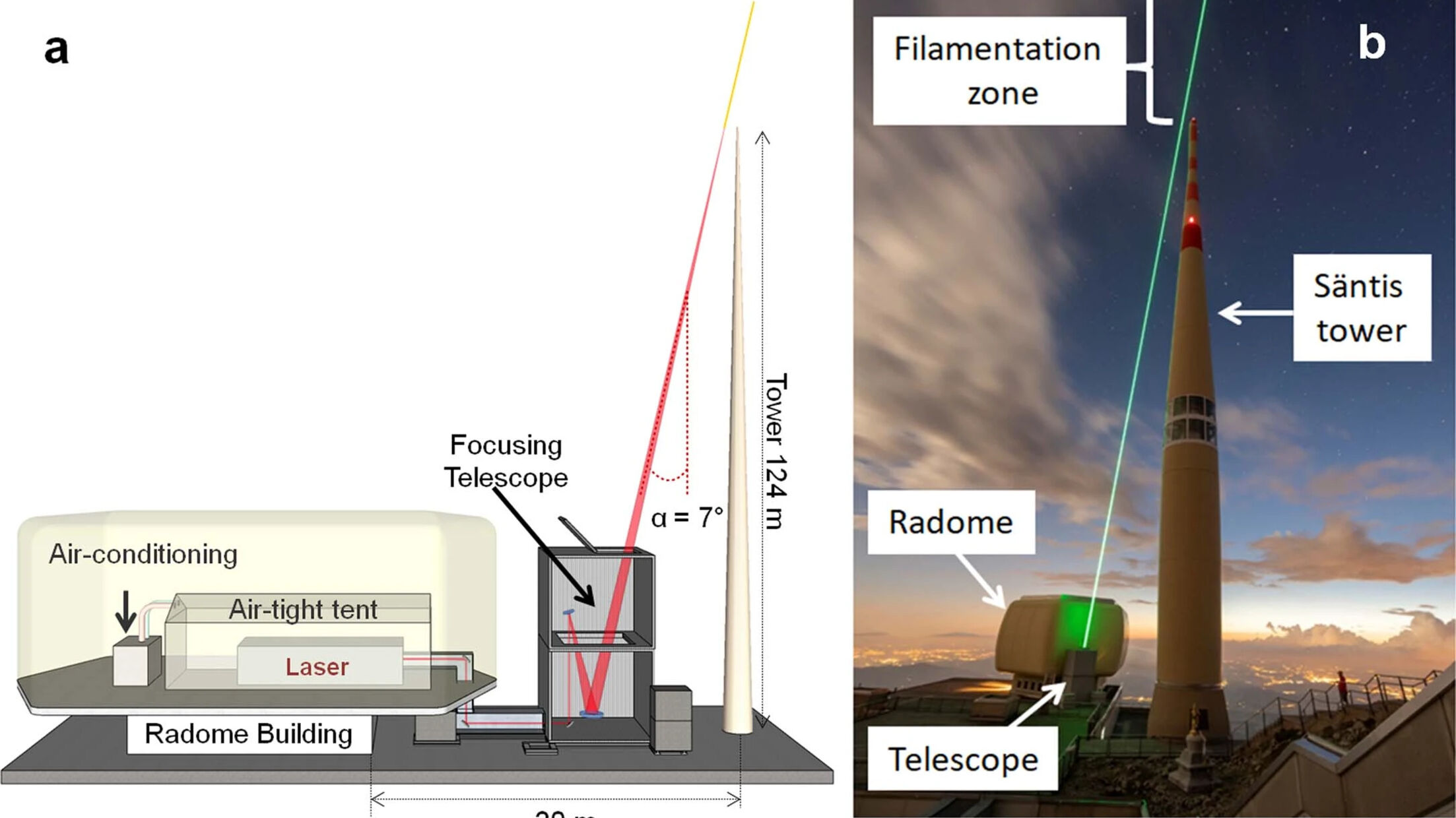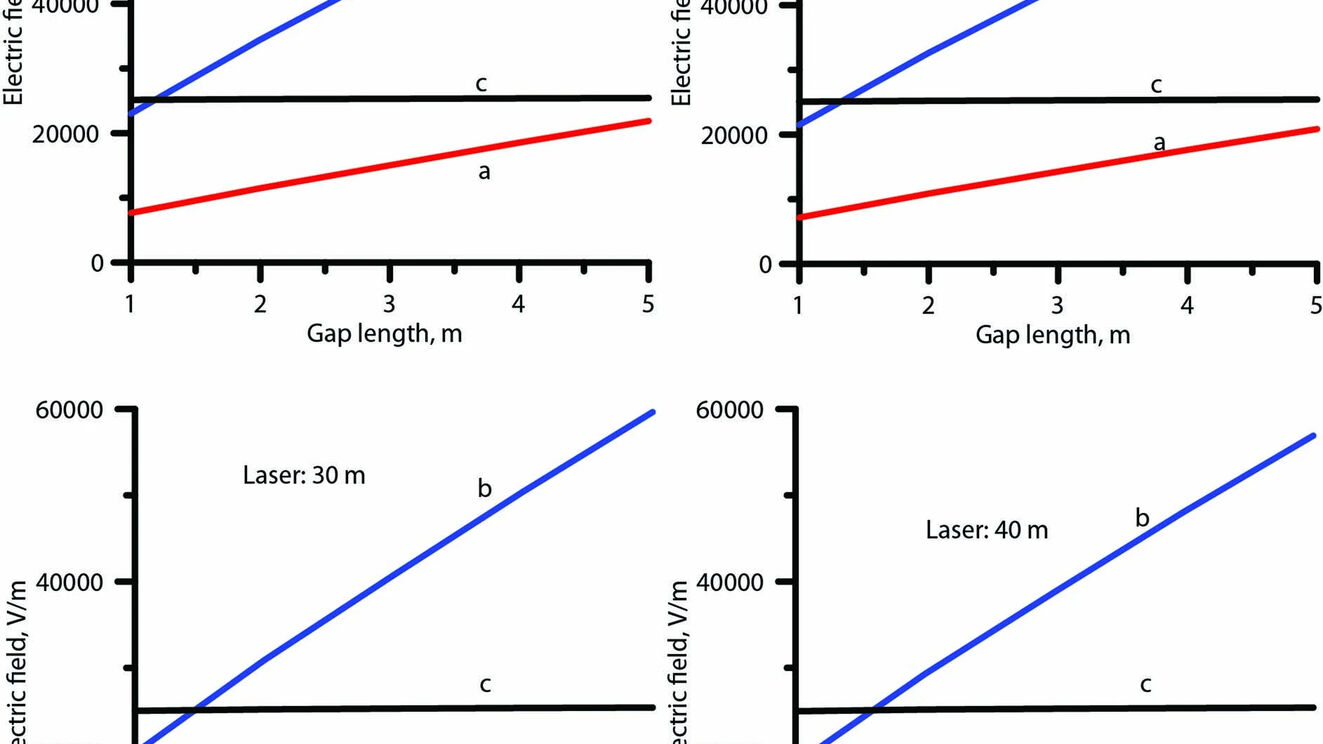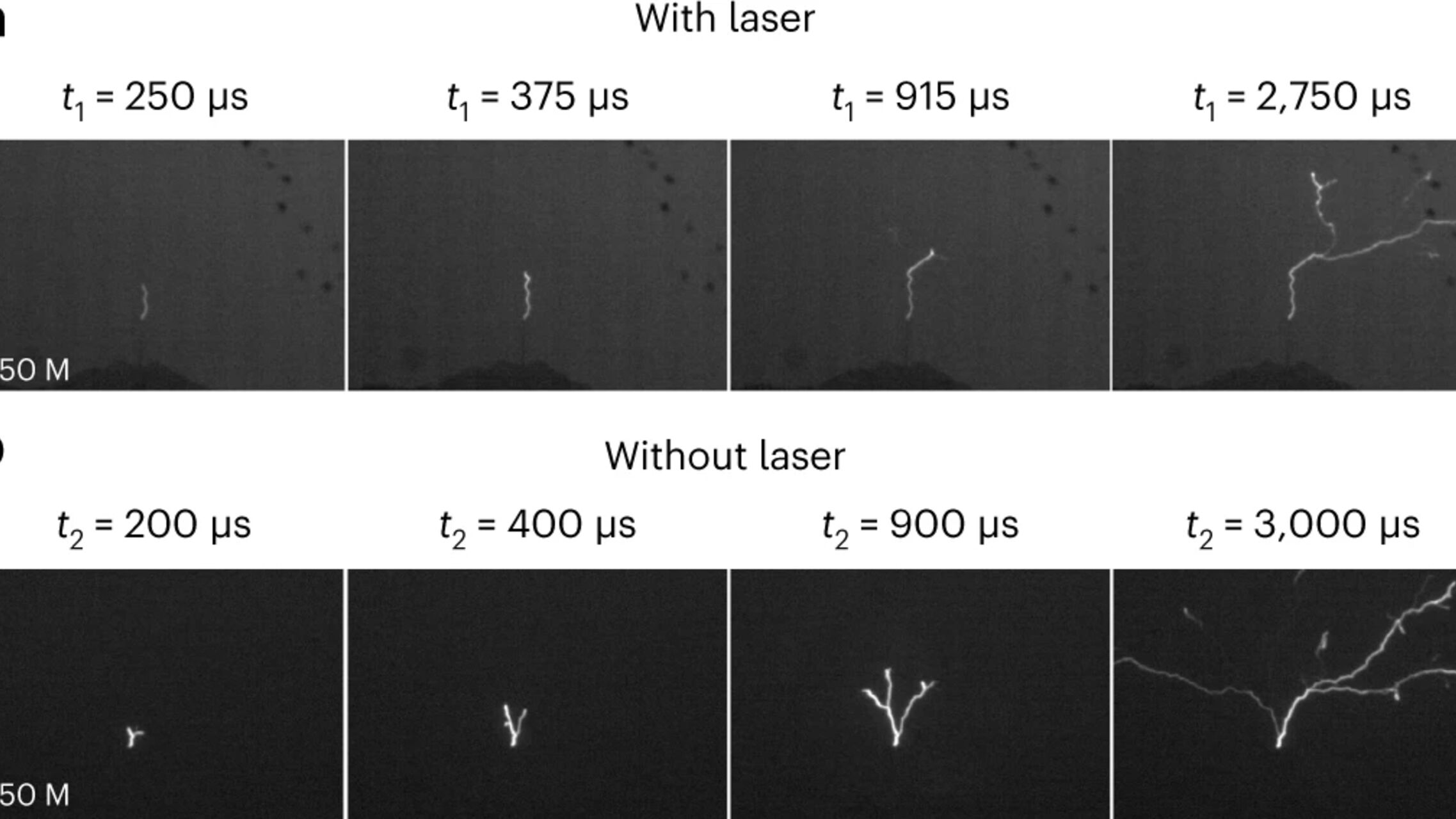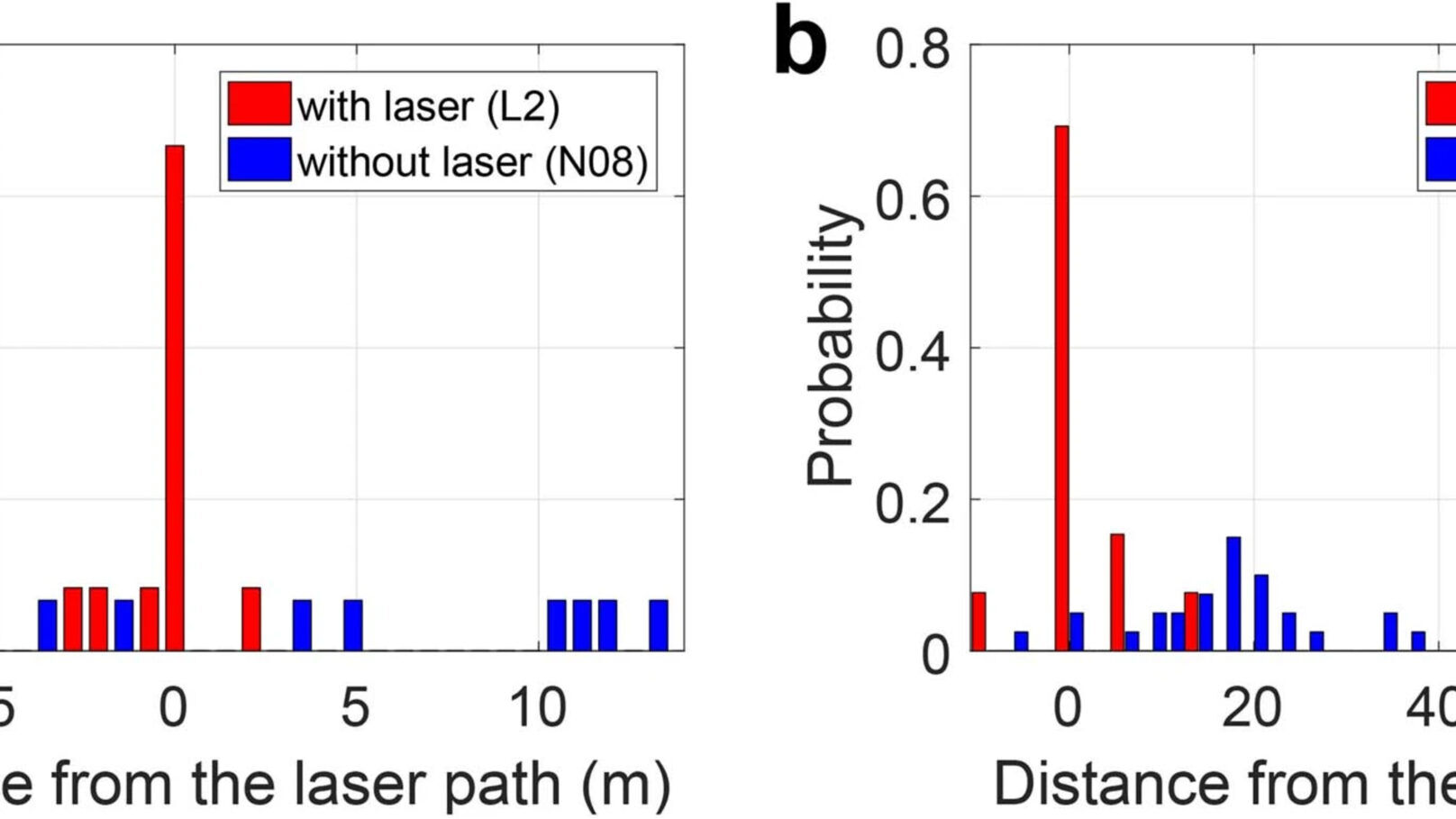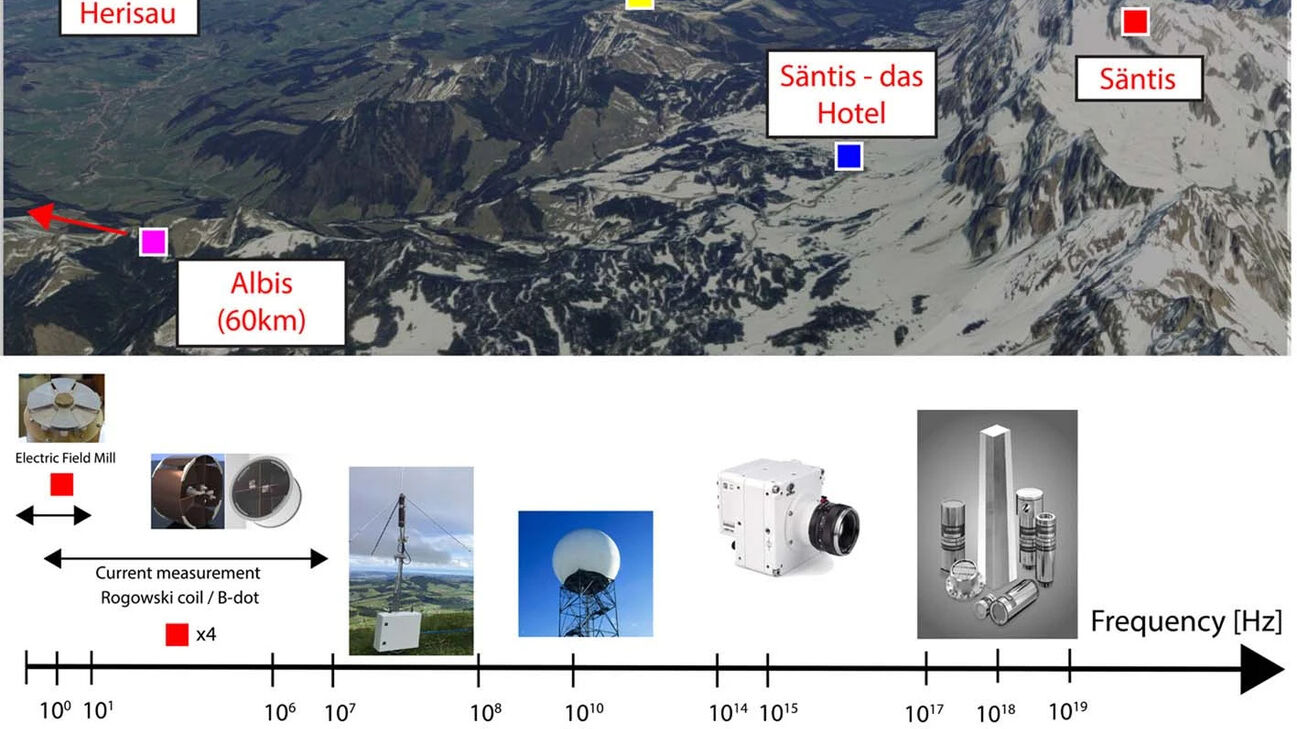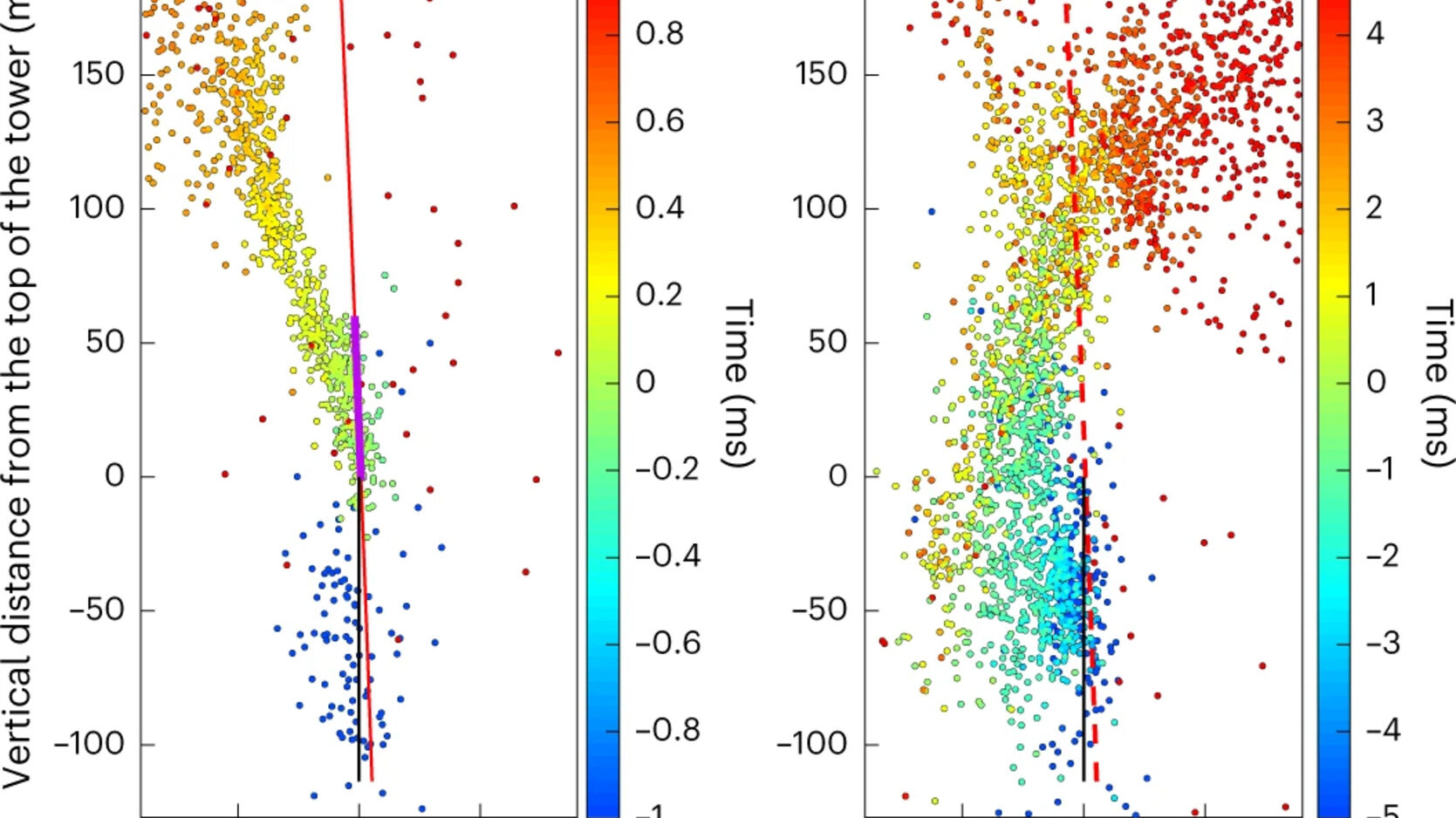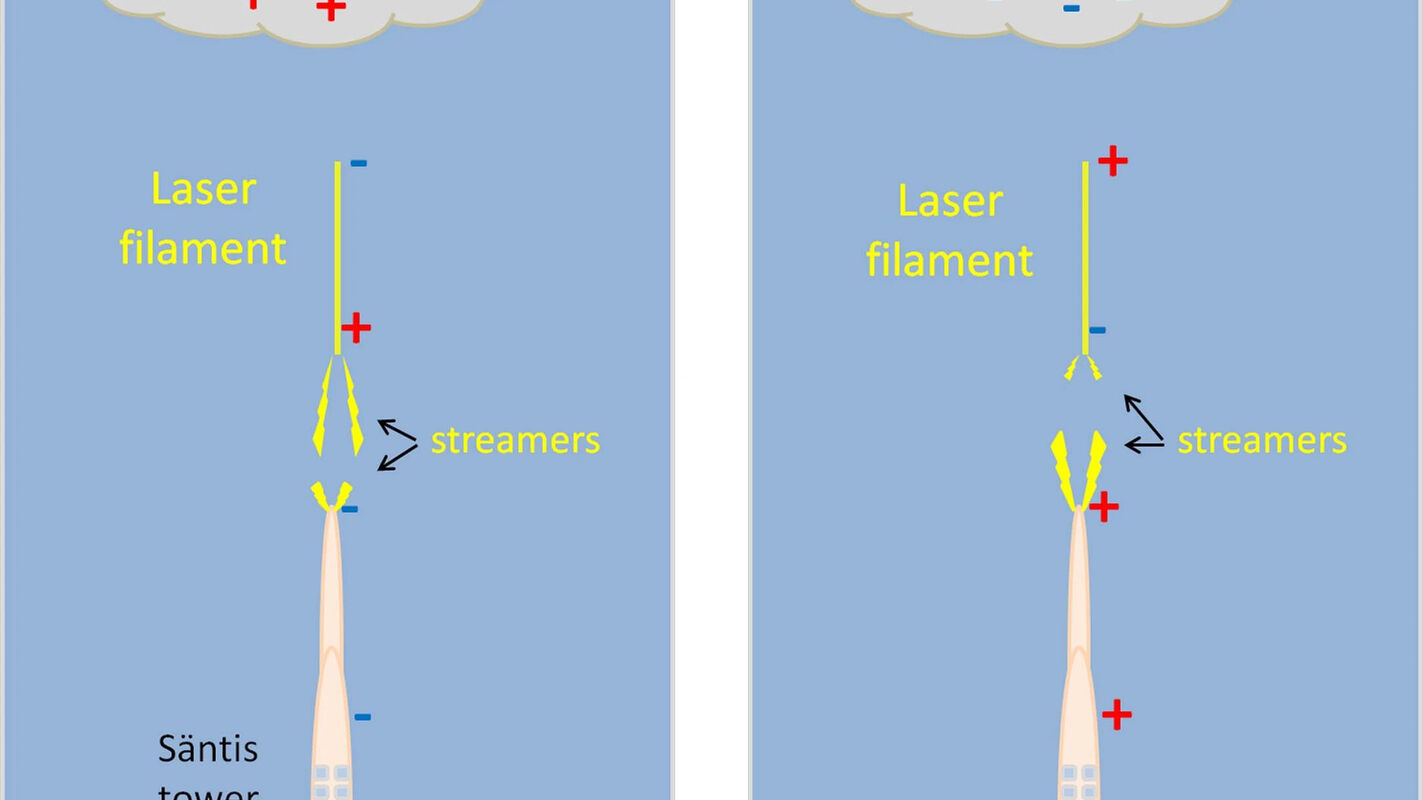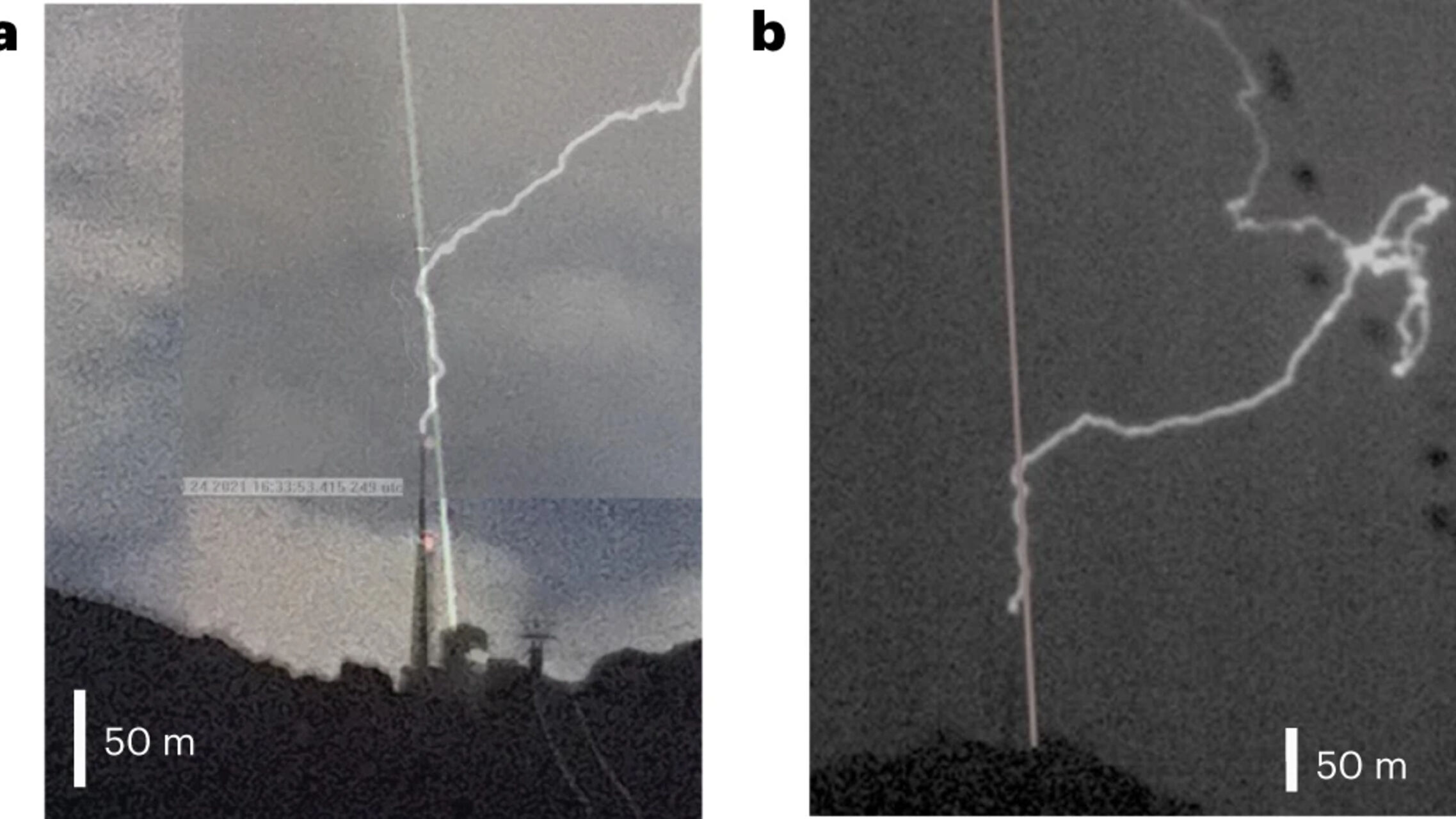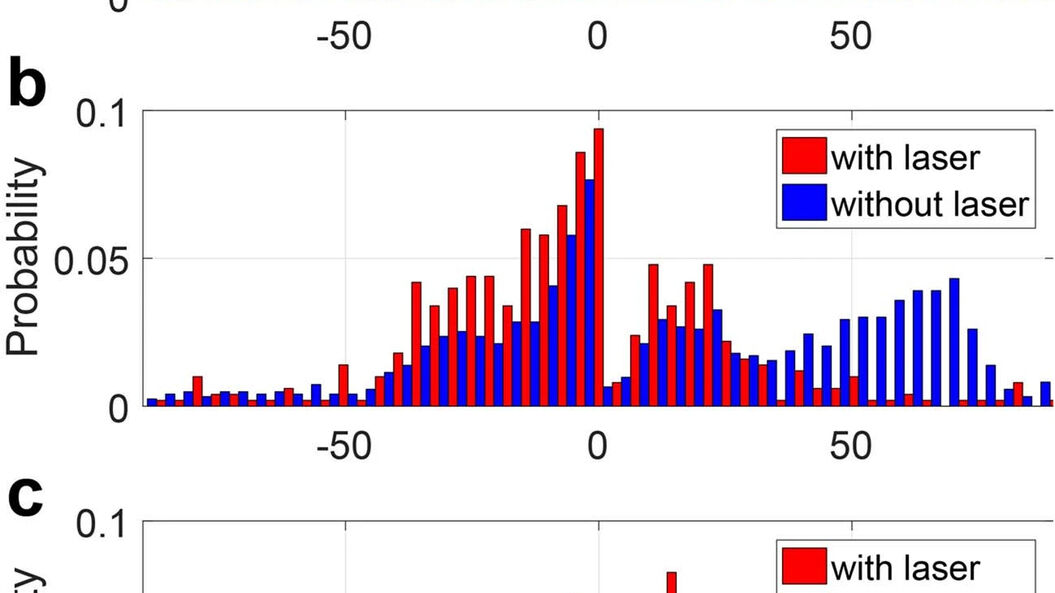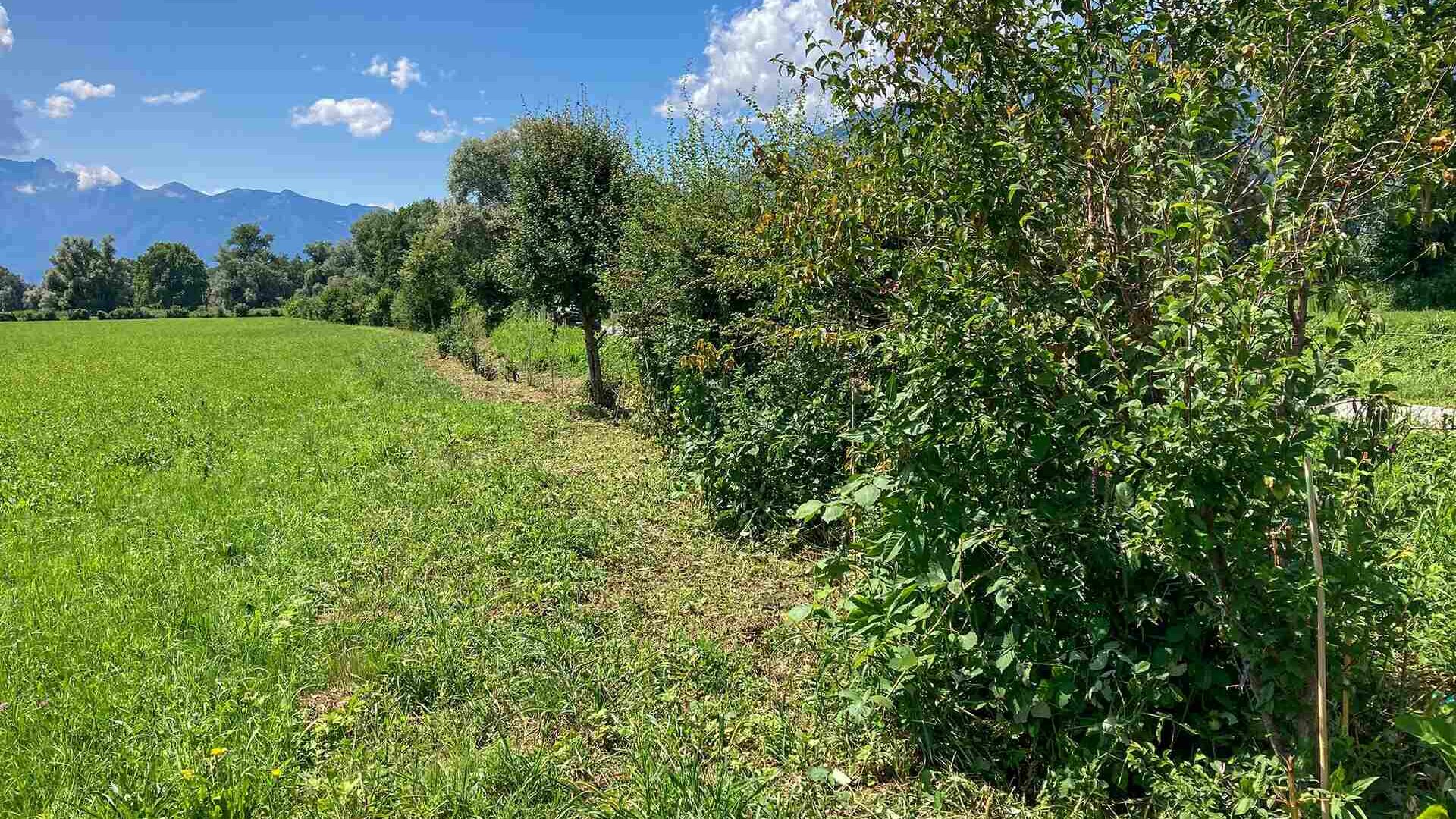On the Säntis thanks to the deflected laser for the first time lightning
Thus, on the mountain on the border between the two cantons of Appenzell and St. Gallen, the University of Geneva channeled an arrow 60 meters to the ground
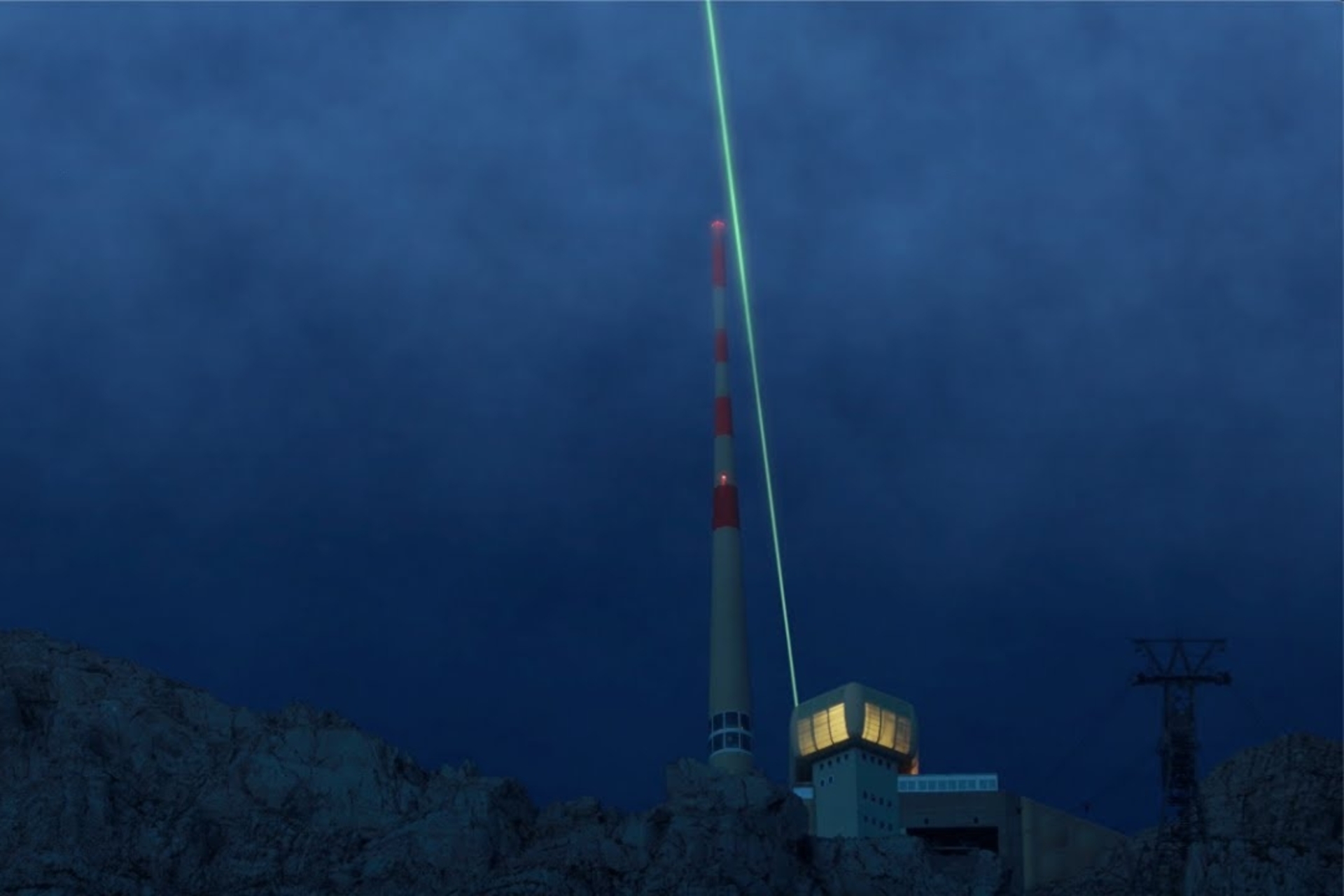
Why write and talk about lightning in the winter season, when thunderstorms and cumulonimbus clouds are far from appearing above our heads or on the horizon?
Indeed the author of an exciting blog article by MeteoSwiss he was not referring to the current season, but to the publication of the results of a study in the journal “Nature Photonics”.
It concludes with a sensational novelty: lightning can be deflected towards a desired object with the help of a laser beam.
The first controlled nuclear fusion in history has become a reality

War against a frightening phenomenon for man since the dawn of time
Is there a way to control the path of arrows or lightning in the sky, which for millennia have instilled fear in mankind and also in animals?
In meteorology, lightning (also called thunderbolt) is an atmospheric phenomenon linked to atmospheric electricity which consists of a large electric discharge, which occurs between two bodies with a high potential difference.
The most easily observed lightning strikes are those between cloud and cloud, but those between cloud and ground are also common.
Furthermore, any object suspended in the atmosphere can trigger a lightning strike: in fact, lightning strikes have been observed between clouds, airplanes and the ground.
A particular case is the so-called ball lightning on the ground, still under study and research, but which have not had a particular relevance in recent times in Switzerland.
Lightning is described as a single discharge, but cases where a series of discharges occur in rapid succession are very common.
Typically, the time interval between one discharge and the next can vary between 5 and 500 milliseconds, and the overall series can last up to a second and a half.
Miniature infrared detectors for on-chip integration

(Image: MeteoSwiss)
A large difference in speed between the components of lightning and thunder
The luminous activity associated with the discharge of lightning is called flash, while the expansion of the ionized channel following the discharge generates a very noisy shock wave, thunder.
A distant observer sees the lightning noticeably before hearing thunder, since sound travels much slower than the speed of light (about 1238 km per hour versus 300.000 km per second) and therefore will perceive a delay of about three seconds for every kilometer of distance from lightning.
The intensity of the electric current produced by lightning typically varies between 10 and 200 kiloamperes: more specifically, it is a column of ionized gas or plasma.
The potential difference across the lightning depends on the length of the lightning: knowing that the dielectric breakdown potential of the air is 3000 Volts/millimeter, a hypothetical lightning bolt 300 meters long will be generated by an enormous voltage.
In reality, the great danger of lightning is due, rather than to the high voltages, to the current flowing in the ionized air channel.
In fact, since plasma is an excellent current conductor, it allows the flow of typical currents of thousands of Ampere.
Consider that about 20 mA is enough to cause physiological damage from electrocution.
On the ISS incandescent drops of exceptional Swiss glass
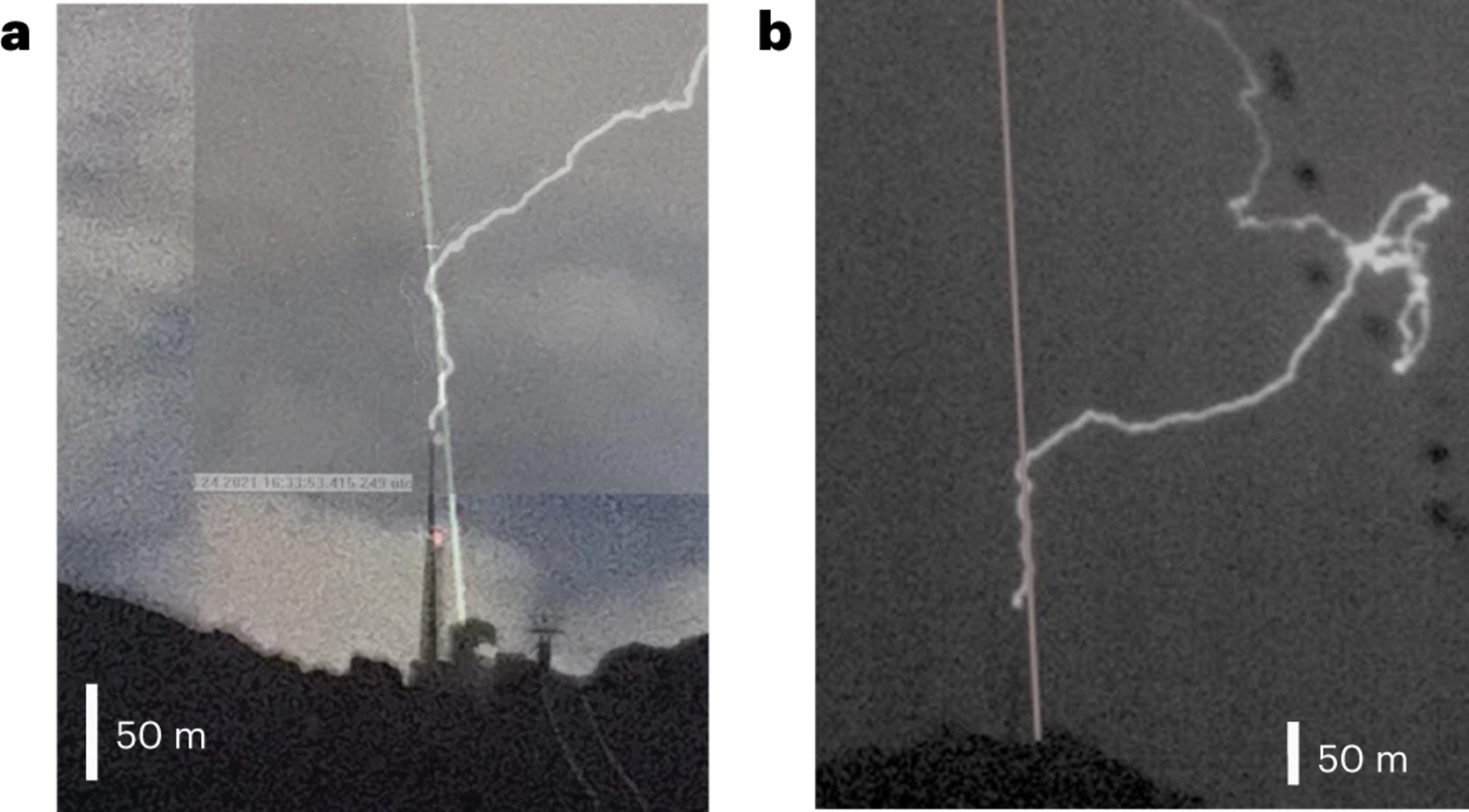
(Photo: Nature Photonics and University of Geneva)
A lightning conductive channel created at the foot of the transmission tower
A team of researchers fromUniversity of Geneva investigated this issue.
Säntis, the top of the Pre-Alps on the border between the cantons of St. Gallen, Appenzell Innerrhoden and Appenzell Ausserrhoden, which is located at an altitude of 2502 metres, was chosen as the test site.
From the top of this mountain it is possible to see six countries: Switzerland, Germany, Liechtenstein, Austria, France and Italy.
Lightning strikes the telecommunication mast of the Säntis about 400 times a year.
This results in one of the highest lightning frequencies in the world Switzerland.
Towards "quantum" data communication by entanglement

The ideal mountain for conducting experiments, 124 meters high
For this reason, it is particularly indicated to conduct a study of this type on the Säntis.
For this purpose, the researchers installed a laser beam at the foot of the transmission tower, which is 124 meters high.
The laser beam is directed over the top of the tower towards the thundercloud.
Along this beam, the properties of the air are modified by the laser in such a way as to create a conductive channel for the lightning.
The conductive channel develops near the actual lightning rod of the Säntis (the upper part of the telecommunication tower) directing the discharge towards the lightning rod, subsequently discharging it into the ground.
According to the authors of the study, during the first lightning that occurred in conjunction with the use of the laser, it was observed that the lightning could follow the laser beam for almost 60 meters.
When it is light that improves the performance of integrated circuits
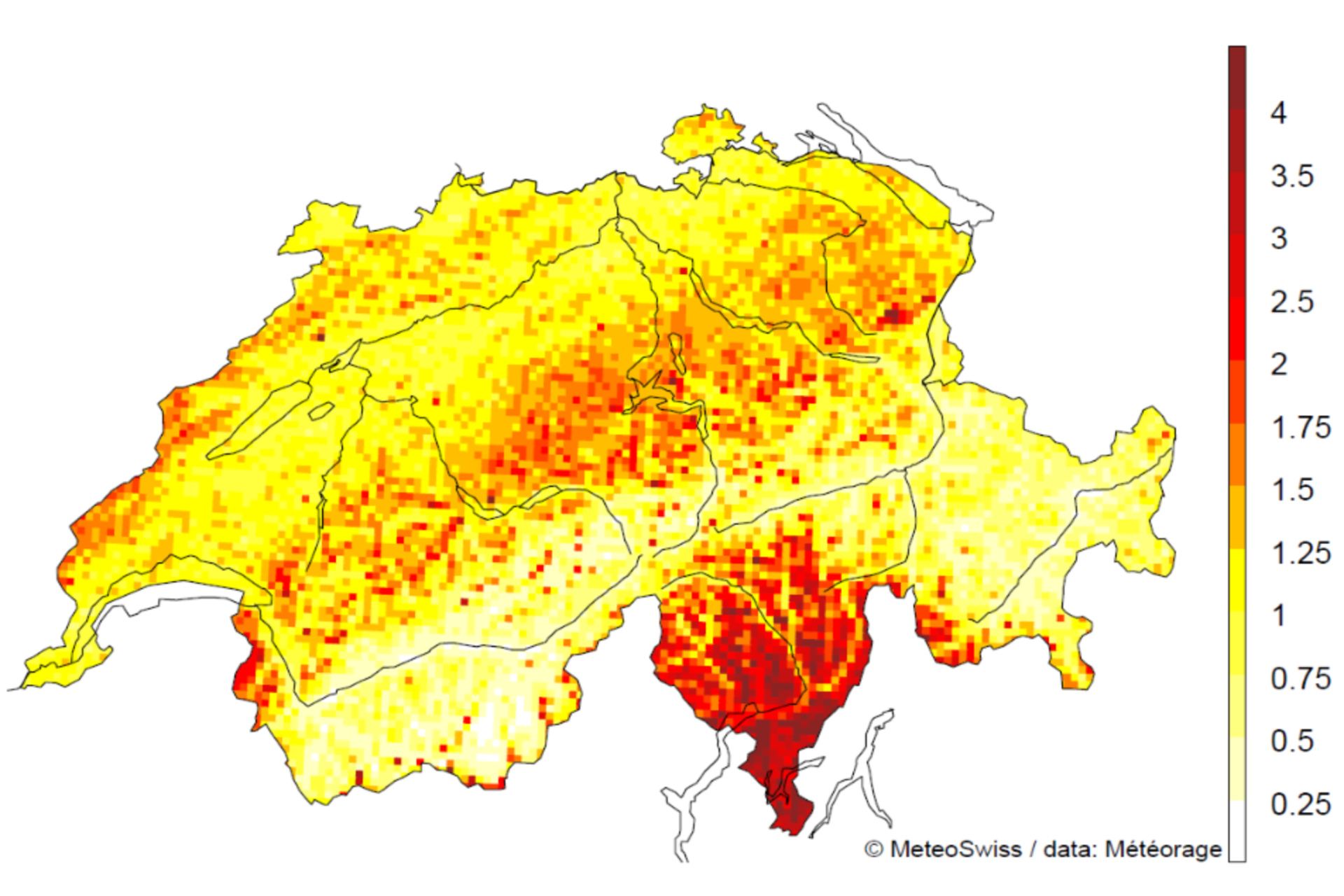
(Image: MeteoSwiss)
Since 2000 increased electrical discharges in the Napf and north of the Alps
MeteoSwiss has lightning data since 2000.
Apart from Säntis, a slight increase in thunderstorm activity can be observed on the northern side of the Alps, especially in Central Switzerland and the Napf region.
The Napf is a mountain on the border between the cantons of Bern and Lucerne.
With an altitude of 1.408 metres, it is the summit of the Napfgebiet, the hilly region of Bern and Lucerne.
It is considered geologically as part of the Swiss plateau, although it is sometimes considered part of the Emmental Alps.
Those light pulses that alter… the properties of solids
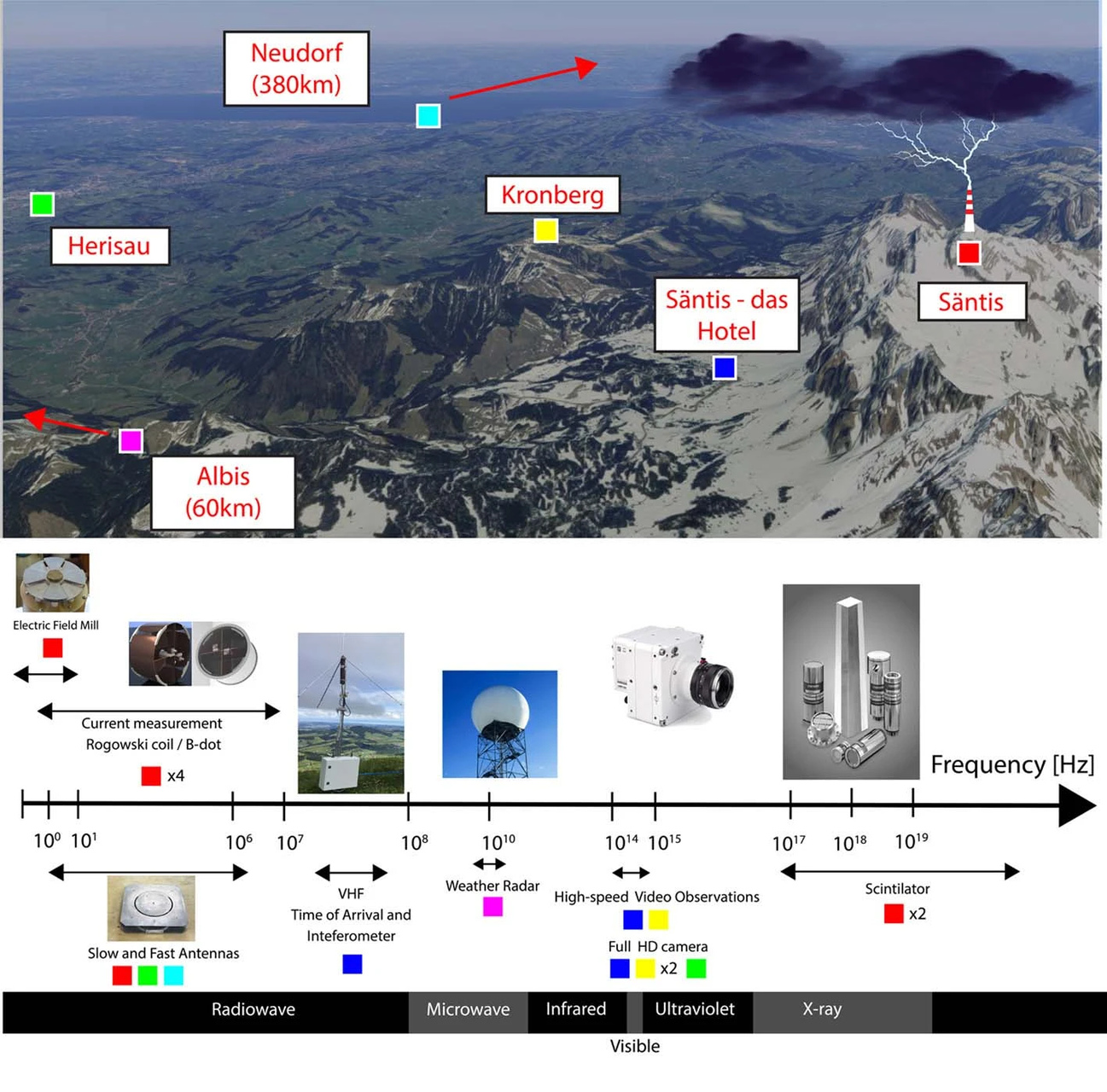
(Photo: Nature Photonics and University of Geneva)
Jean-Pierre Wolf: “Air conductive better than kilometre-high lightning rods…”
The goal of the study is to protect critical infrastructure, such as airports, wind farms or nuclear power plants, from lightning strikes.
A conventional lightning rod has a limited range.
It forms a point of impact for lightning and conducts electric current to the ground.
A laser beam can penetrate deeper into the cloud and thus deflect lightning towards a lightning rod.
The physicist author of the study, Jean Pierre Wolf, he has declared: “For large structures such as airports, a kilometer-high lightning rod would be needed. At that point we came up with the idea of using lasers to make the air conductive”.
The laser beam works in any weather because it can penetrate clouds or fog.
Light-switchable transistors thanks to “transparent oxides”?
The deflection of lightning by means of a laser beam on the Säntis
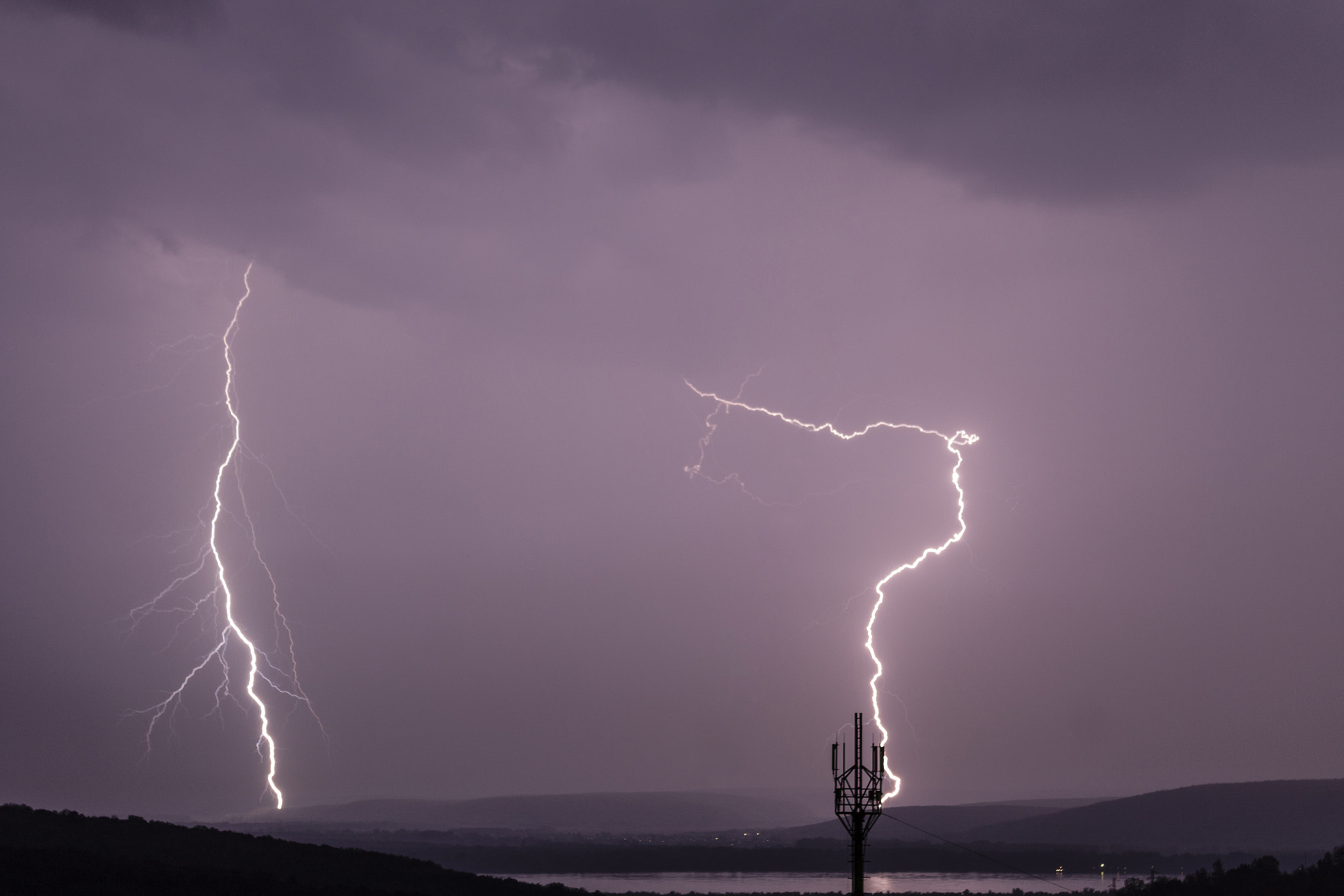
You may also be interested in:
How to clean New Delhi's stuffy air: the study
Research into the particulate matter that asphyxiates cities in northern India reveals which substances are particularly harmful to health
An innovative refuge for wildlife at the Locarno military airfield
The DDPS specialists acted on the perimeter hedges of the Sopracenerino airport, creating a place of retreat and source of food for the animals
by Editorial staff Innovando.NewsEditorial staff of Innovando.News
A DAO in Formula 1 from the agreement between ApeCoin and BWT Alpine
The Decentralized Spinning Skull Organization and French Team Will Activate a Global Fanbase Through Real-World and Web3 Experiences
Video, the unique ecosystem of the Lötschental alpine forest
The ideal place to study the growth of trees at different altitudes in the Canton of Valais is described in a very innovative WSL film
by Editorial staff Innovando.NewsEditorial staff of Innovando.News

